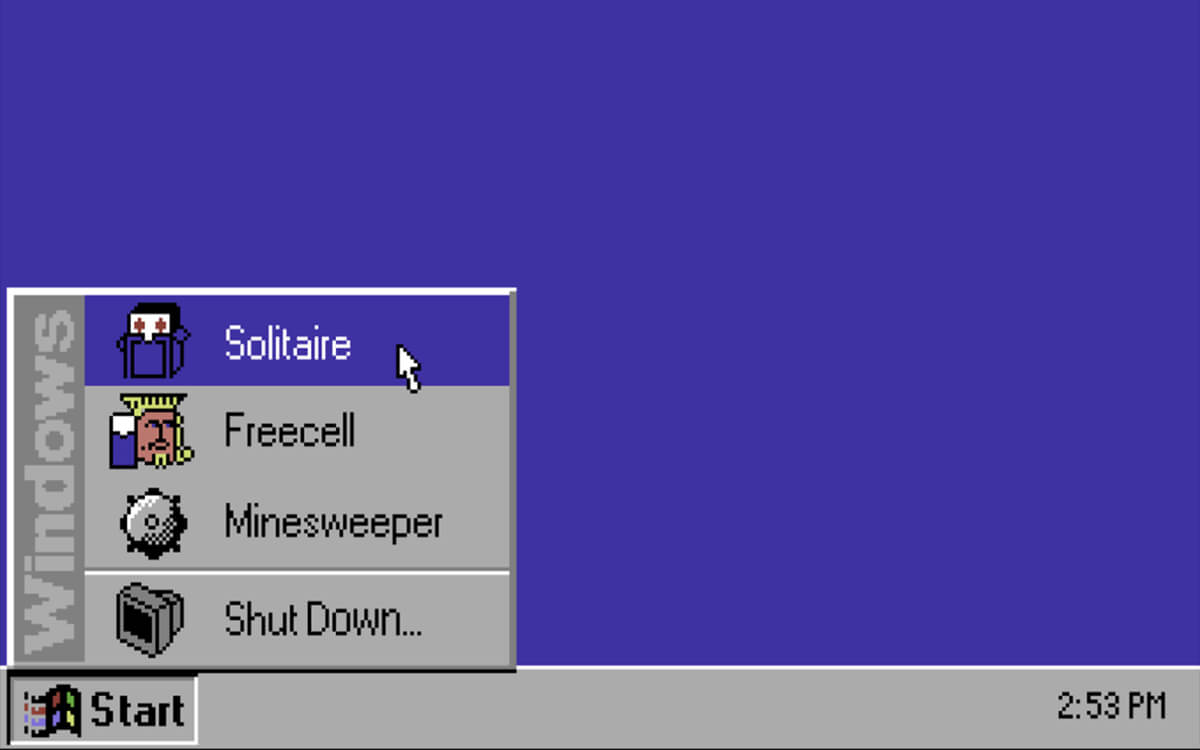1,569 days, 2,406 entries ...
Newsticker, link list, time machine: HOLO.mg/stream logs emerging trajectories in art, science, technology, and culture––every day
“It’s more than Apple and Microsoft’s market caps combined. It’s more than than any company has raised for anything in the history of capitalism.”
“Copyright only works above a certain threshold of importance. That’s something you learn as an artist. Your voice doesn’t matter.”
“As U.S. et al. v. Google goes to trial, the echoes of the landmark federal suit against Microsoft, a quarter-century ago, are unmistakable.”
Deep demake or meta media archaeology? Thanks to programmer WebFritzi, retro gaming fans can now enjoy Windows 95 classics Solitaire, Freecell, and Minesweeper on a Commodore 64—iconic Windows 95 desktop interface and mouse support included. Recreating an authentic 1995 PC experience on an 8-bit platform from a decade prior required some assembly language wizardry. “How are the icons created? Can you make a user interface like this? I just couldn’t believe what I was seeing,” stunned Commodore fans wrote online.

“ChatGPT is an advertisement for Microsoft. It’s an advertisement for studio heads, the military, and others who might want to actually license this technology via Microsoft’s cloud services.”
“What just drives me up the wall is that we appear to have decided the way AI is going to work is through a competitive dynamic between Google, Microsoft, and Meta.”
a
“She was the first person to realize that this problem exists, to talk about it, and do academic work around it until the powers that be took notice.”
To dive deeper into Stream, please or become a .
Daily discoveries at the nexus of art, science, technology, and culture: Get full access by becoming a HOLO Reader!
- Perspective: research, long-form analysis, and critical commentary
- Encounters: in-depth artist profiles and studio visits of pioneers and key innovators
- Stream: a timeline and news archive with 1,200+ entries and counting
- Edition: HOLO’s annual collector’s edition that captures the calendar year in print
